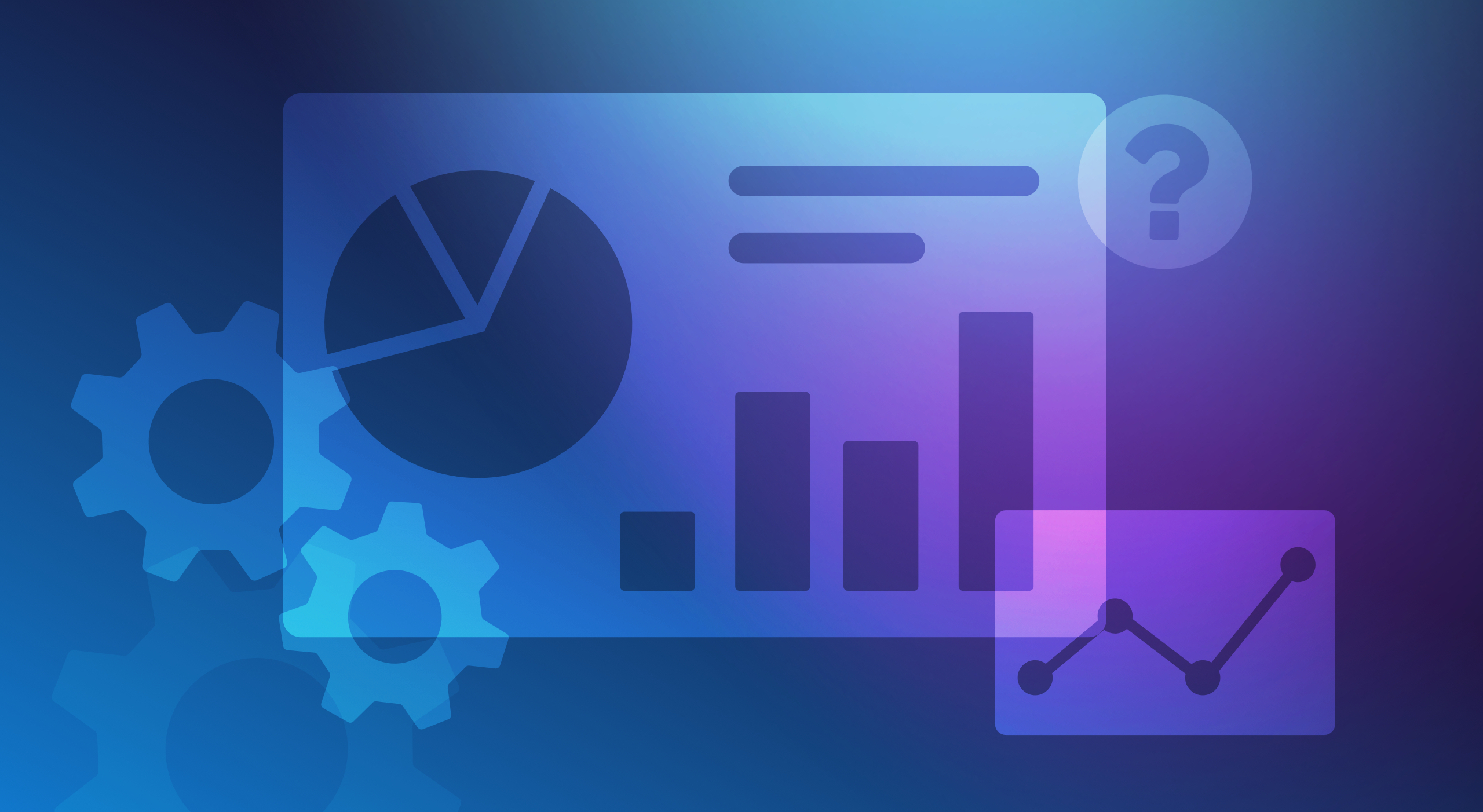The surge of enterprise software built on broad access to workable data has changed the way we do business today. Sales, Marketing, Finance – these lines of business have been able to derive enormous value from their data. For all the discussion around software’s rise to global dominance though, there is one notable exception to this trend – Engineering.
While Sales has been evaluating pipelines in Salesforce and Marketing have executed campaigns via Marketo, technical leaders still have to resort to traffic lights and bullet points, manually pulling data into a collection of Excel spreadsheets in order to garner any meaningful insights.
Despite being easily accessible via APIs, the signals generated by the software engineering tech stack – issue trackers, source control managers, documentation, and collaboration tools to name a few – have yet to be aggregated and used for providing data-driven insights that can inform strategic decision-making. The strenuous task of manually collating this output and presenting it in a compelling way to the business has fallen on the engineering leader.
Engineering Management Platforms (EMPs) offer a solution to this problem.
An engineering management platform is a software platform that provides data-driven visibility into the engineering team’s investment of time and resources, operational efficiency, and deliverable progress in order to inform leaders to make better business decisions and deliver results. EMPs sit as a meta layer on top of your engineering tech stack, ingest, and analyze the signals generated by each tool, creating a working model of your engineering organization and processes. By adding contextual insights from across the business, this engineering data becomes highly actionable to support alignment of engineering with strategic objectives.
With EMPs, modern engineering leaders have the visibility and insight they need to manage teams, drive strategy and optimize engineering operations.
The Four Building Blocks of an Engineering Management Platform
There are four key building blocks of an Engineering Management Platform, each of which provides functionality that aligns with the responsibilities of an engineering leader, enabling their success:
- Business Alignment
- Process and Operational Management
- Deliverable Management
- Performance Management
Business Alignment
EMPs should start with the foundation of engineering leadership, which is to ensure business alignment: that engineering resources are working where it matters most in regards to the strategic goals of the company. Engineers are often the most valuable (and expensive) resource in a business. EMPs use data to reveal and drive the decisions around how they are allocated, in order to tactically optimize for innovation, product success, or the unique needs of your business.
Process and Operational Management
The next block is Process and Operational Management. Once you’ve established that your engineers are efficiently applied to strategic business goals, you can then define what success looks like from an operational perspective. EMPs provide comprehensive visibility into operational and delivery metrics in order to alleviate any friction in your team’s workflow. This encourages widespread adoption of best practices so that they’re set up for success in delivering quality software fast.
Deliverable Management
From here you can take into account Deliverable Management, which is the third block. EMPs should keep track of deliverable progress and examine external factors and bottlenecks that can influence delivery. The idea here is to gain an understanding of any hurdles so that you can mitigate risks to the delivery timeline. Unforeseen technical challenges and scope creep aren’t the only threat here; morale and burnout have a huge impact. It pays to keep a close eye on all of these factors.
Performance Management
Finally, there’s Performance Management which centers around the individuals who makeup an engineering organization. The collaborative work involved in engineering is sometimes overlooked in the pursuit of data-driven efficiency, but inter-team unity and strong leadership should always be part of the technical leader’s mandate. EMPs can provide performance metrics around collaboration, cycle time, coding days and issue resolution, all of which are important; not for defining who your good or bad engineers are, but to ensure that your teams are adequately resourced and that engineers get the support they need. Doing this equips everyone for success.
How Engineering Management Platforms Work
Engineering Management Platforms are able to provide engineering leaders with insights across the four building blocks through the following four steps:
- EMPs capture a variety of engineering signals.
- They then create a Work Model from those signals.
- They enrich the work model with additional data to put work into business context.
- And then they tailor the insights from the platform to the organization.
EMPs start by capturing engineering signals; that is, they collect a set of data which reflects the engineering work taking place within your organization. The source of these signals can be as simple as manual inputs, like story points or logged hours (please don’t make your engineers log hours though). The most effective signals, however, are those generated automatically from your developer tools. Basic Engineering Management Platforms will solely focus on your source control system (i.e. GitHub) to monitor activity. The more advanced platforms will take a holistic view, accounting for your issue tracker (i.e. JIRA) as well as the likes of CI/CD, Incident Management, Documentation, and Collaboration solutions. These data points provide a more comprehensive understanding of the team’s processes and any operational hurdles, and because they are generated passively by the work the team is already doing, does not require you to modify your workflows in order to collect. . This creates a more accurate inference of how engineering is being executed from a ‘boots-on-the-ground’ perspective.
Once gathered, an EMP can use this data to create a Work Model. The engineering signals generated from these outputs can be quite messy (think about what the data in your Jira instance looks like!) so Engineering Management Platforms apply machine learning and heuristics to algorithmically quantify and reflect engineering efforts, and map those to projects in your issue tracking system and even to the strategic business priorities users define.
The thrust of Engineering Management Platforms (EMPs) and their value is achieving business alignment, so the work model is further enriched with data pulled in from across the business. Whether it’s taking into account collaborative work via tools like Slack, or incorporating cost data for finance capitalization – EMPs should provide business context.
With this contextualized and probabilistically defined Engineering work model in place, you can then tailor the platform to your organization. Engineering Management Platforms capture a lot of data – but the value is in the quality, not the quantity. The dashboards and analytics provided need to be configurable to the intricacies of your business and your engineering process. How this is approached varies quite a bit between different EMPs. It can be as simple as providing custom visualizations or the ability to prioritize different metrics. At Jellyfish, we also make our Customer Success team available to provide expert advice. This team works with our customers to understand their engineering organizational goals and setup and implement them within the Jellyfish platform. In this way, they can immediately start evaluating their processes, using this data to drive change when needed but also replicating success across the organization.
Conclusion
For too long, engineering leaders have gone without the data to understand and optimize their engineering teams or the insights to drive better business decisions. EMPs are the solution. They address the technical complexities of creating a data-driven model for operational success, and they provide the strategic lens for demonstrating Engineering’s immense impact on organizations.
Engineering leadership is on the cusp of a new wave in data-driven analytics and insights. Just as CRM and Marketing Automation have done for sales and marketing organizations, Engineering Management Platforms will make data the center for decision making in the engineering organization, elevating the status of the engineering leadership from executor to influencer of business strategy. With EMPs, engineering leaders can focus their teams on what matters most to the business, driving strategic decisions and delivering results.







